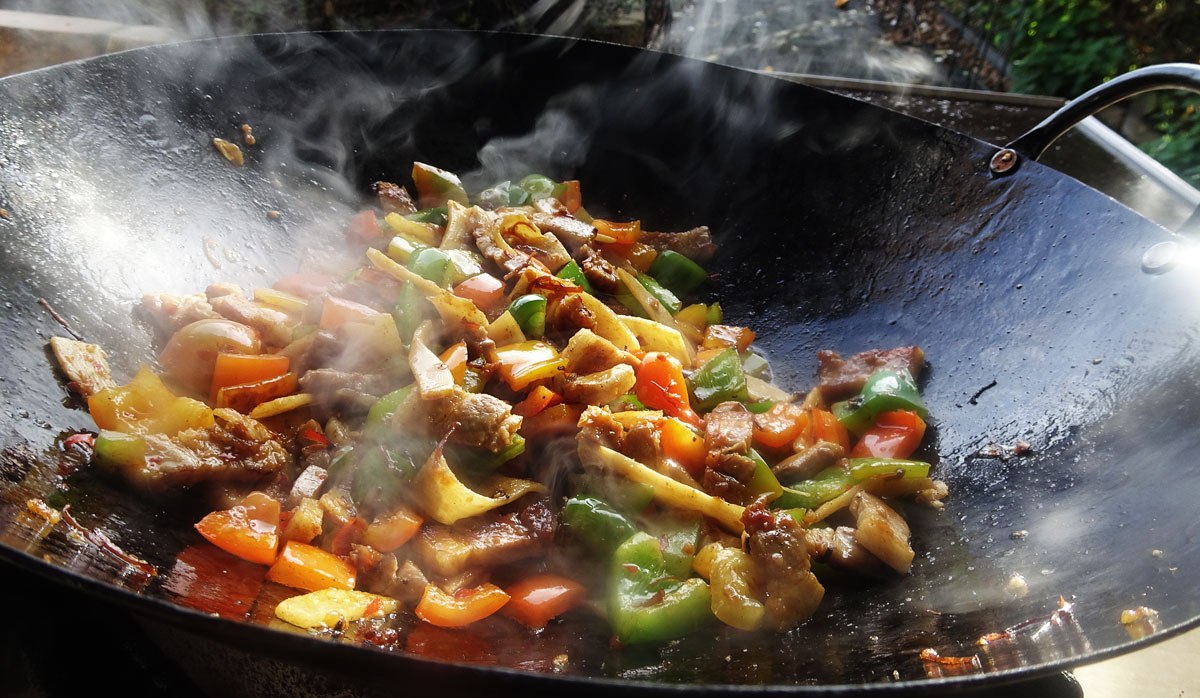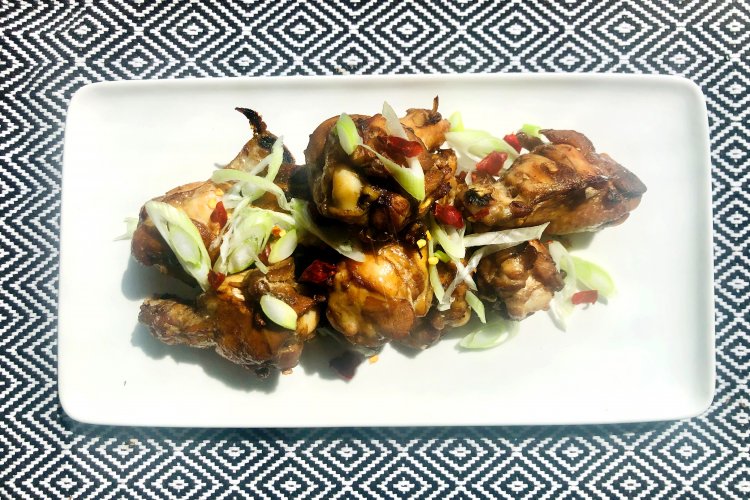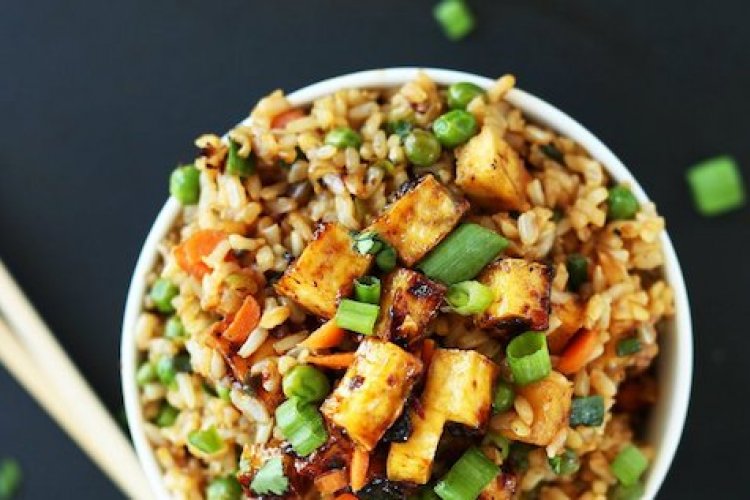7 Inexpensive and Indispensable Chinese Cooking Tools Every Foodie Needs
Every new expat homemaker will spend an inordinate amount of time attempting to cobble together versions of Western food without the right ingredients, but when in China, why not eat like the Chinese?
Chinese food is its own universe to explore. It’s one of the most practical, and certainly economical, world cuisines to make at home as you can Sinicize nearly any produce or ingredient you find. The supermarkets in Beijing are stocked with local ingredients vying for your attention, so don’t fight it. Even if your family is one of the rare lucky ones with an oven, why not use it to try roasting a tray of duck legs, prepared Peking duck-style?
Check online for the following items, but we prefer classic utensils found at Chinese Restaurant supply stores.

Cleaver (菜刀 càidāo)
Every cook has their favorite knife, and most Chinese cooks love a heavy, utilitarian cleaver. Don’t let its butcher shop look intimidate you: No knife is more essential, more versatile, than a simple Chinese cleaver. It can hack a whole chicken in quarters, deftly julienne ginger into neat matchsticks and crush a few cloves of garlic on its flat sides. Its tall blade ensures fingers are tucked well out of the way of the cutting surface, and the weight allows you to exert less pressure than smaller knives.
Stainless steel is fine, but if you want the sharpest possible knife, go with carbon steel, although it must be oiled, sharpened and kept dry. If rust develops, simply scrub off, dry and oil with a few drops of cooking oil until shiny and well-polished.

Wok (炒锅 chǎo guō)
China’s quintessential cooking vessel, the wok, is the king of stir-frying, braising and shallow frying for the simple reason that it’s base is curved. This allows ingredients to be easily tossed around at epic temperatures, with a few dashes of soy sauce quickly caramelizing along with your charred green peppers, bringing that yummy Maillard effect into full swing. Woks also heat more evenly when compared to flat bottomed Western skillets.
Personally, we enjoy a good quality nonstick wok for ease and to use less oil, but a seasoned iron or carbon steel wok brings out more guōwèi (锅味) or “wok essence” that will make all your flavors sing, much like the 20-year-old cast iron skillets our grandmothers swore by. Keep them bone dry and oiled, stored away from sunlight.
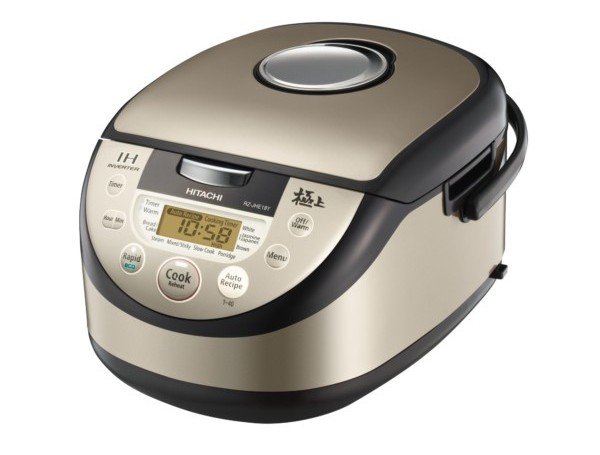
Rice Cooker (电饭锅 diàn fàn guō)
You can soak the grains, wash them, measure out the water perfectly, keep the flame at the simmering low heat and still the bottom layer of rice can burn to a crisp if you’re not careful. With a rice cooker, you can focus on preparing dishes and just leave the rice to sit. Rice cookers help the grains separate better, leaving less chance for mushy rice. Any rice cooker can also be used to make porridge, braise or steam in the plastic steamer basket usually attached or with a bowl and small trivet placed inside.
Get a sturdy, simple, and inexpensive rice cooker. It’s not complicated. Famed film critic Roger Ebert even wrote a tongue-in-cheek blog-post-turned-book about the simple genius of the rice cooker with just ‘cook’ and ‘warm’ settings, which according to Ebert nourishes “waitress, community organizer, monk, nurse, starving actor, taxi driver, long-haul driver” alike.
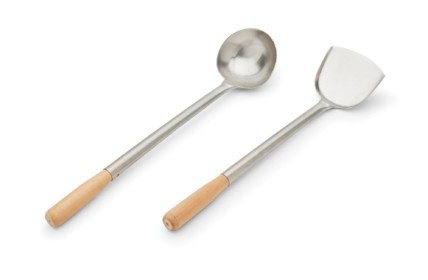
Long Ladle and Wok Scoop (长杓子 zhǎng biāozi)
Long stainless steel ladles or shovel-like wok scoops may scream “soup kitchen,” but these unglamorous tools are perfect for scooping out fried rice or deglazing a wok with a ladle full of stock. They are constantly useful, and long-handled ones used in commercial kitchens keep your hands far away from the heat. Wok scoops made of light and nimble bamboo or wood won’t scratch your nonstick pan and have a tactile, homey, almost nostalgic feeling to them.
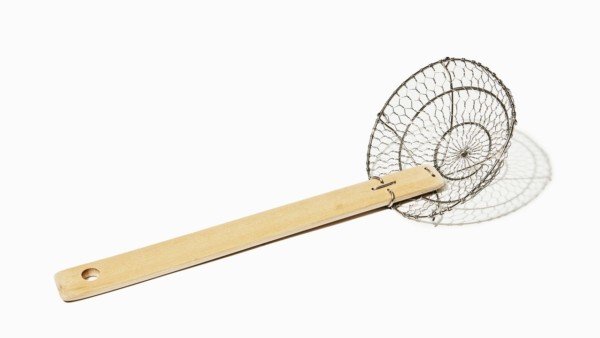
Spider Strainer (笊篱 zhào lí)
Aesthetically pleasing and practical, the traditional Chinese bamboo handled strainer with wire mesh is called a “spider” because of its metal web (like the one above). This classic design offers faster and safer draining of oil than a Western slotted spoon when deep-frying, but can also be used to blanch vegetables, boil a handful of fresh pasta or skim the foam off the top of bone stock.

Rolling Pins (擀面杖 gǎnmiànzhàng)
Chinese rolling pins are simple, cheap wooden dowels that come in various sizes: larger for rolling out noodles in bulk, a medium one for flatbreads like cōngyóubǐng (葱油饼) and thin ones with tapered ends for deftly rolling out dumpling skins. For us, the medium size is most versatile and also works fine for dumplings, shaomai, or other dim sum.
And when you’re not rolling dough, the medium-sized pin makes a great muddler for mojitos or mocktails. Its thickness and weight is just right for deftly crushing citrus and mint right in the glass.
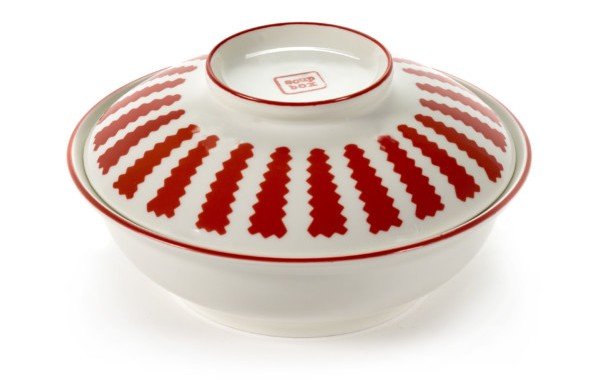
Variety of Bowls with Lids (小碗和盖子 xiǎo wǎn hé gàizi shāguō)
Hear us out on this one. Chinese of course don’t own the concept of bowls, but every Chinese kitchen has a cobbled together assortment of colorful bowls of different sizes and materials, from a handful of china tea cups to plastic food containers. Toss sugar snap peas in one, minced herbs in another, and diced carrots and potatoes in yet another to ensure veggies and meats with different cooking requirements are added at the correct time. It also helps with time management and organization, which is an important skill in Chinese cooking. Stack them near your seasonings and spices to whip together dipping sauces, deglazing ingredients, dry rubs and more in advance, or keep stackable, lidded ones for your favorite spice mixes.

Clay Pot (砂锅 shāguō)
Clay pot cooking is one of the most ancient forms of cooking globally, and is everywhere in China, especially Hunnan province. It’s ideal for slow-cooked, crockpot dishes like braised beef brisket with black mushrooms or ginger chicken soup. Ingredients inside clay pots are surrounded by steam, so they lose little to no moisture, creating tender, flavorful dishes. As long as the pot doesn’t dry out completely, it’s impossible to burn food inside.
Clay pot cooking can also be healthier, in that little to no oil is needed when using them. Although with clay pot classics like Cantonese clay pot rice with juicy marinated pork belly, the luxurious fat and marinade flavors the rice completely.

Extra credit: Purchase a colorful print of 灶君 zào jūn (the Kitchen God) and place him somewhere nice in your kitchen to establish it as the temple of Chinese cuisine it will soon become. Happy cooking!
Now you've got the gear, learn how to make all your favorite dishes in our Chinese Cookbook series.
This article originally appeared on our sister site beijingkids.
Photos: Walter Kei, Pixabay

